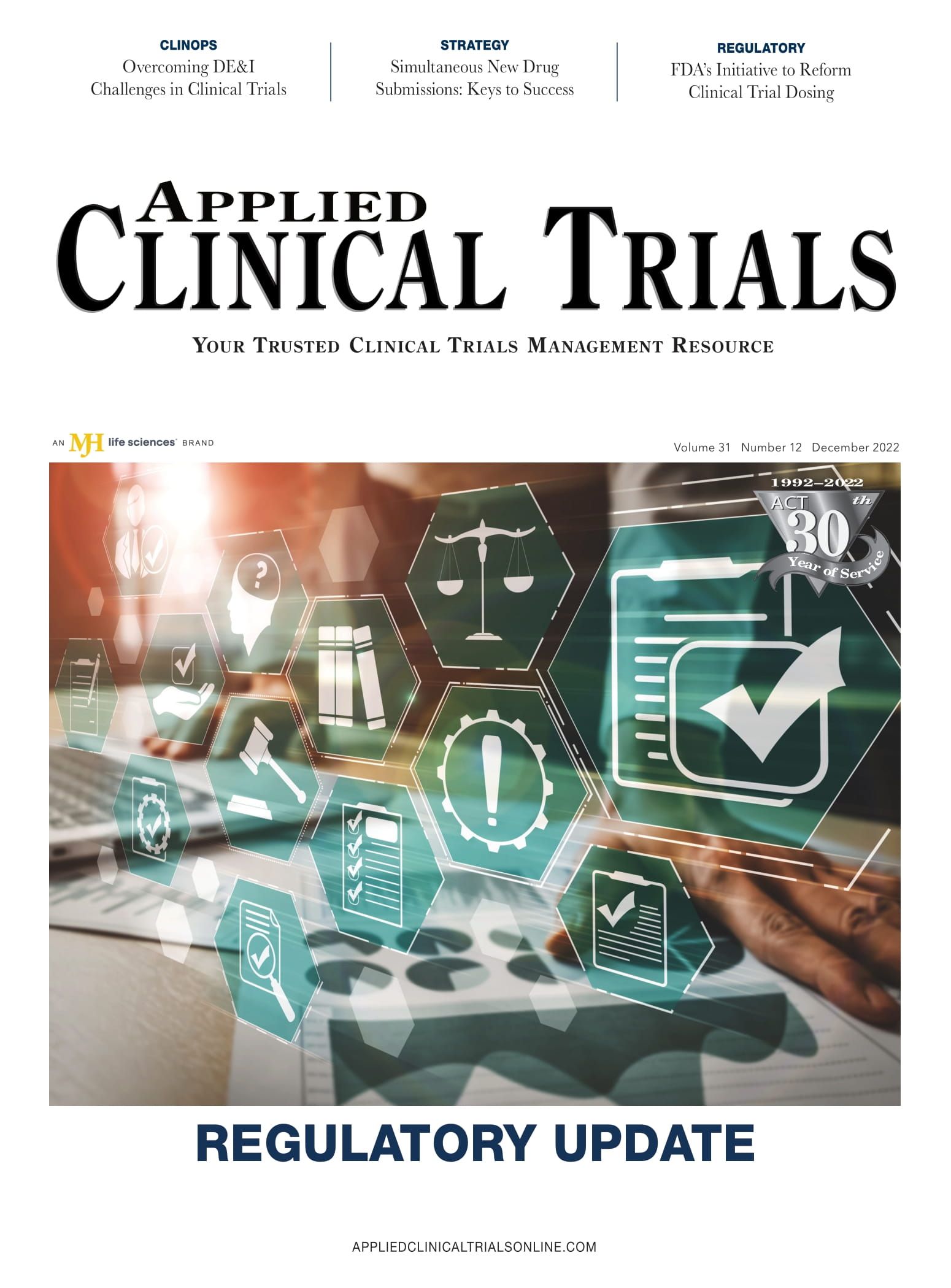Key Guidance Updates in 2022
Summarizing important FDA and EMA revisions issued this year.
Your first holiday gift of the season has arrived: updated FDA guidances from the past year—and one key update from the European Medicines Agency (EMA). These final guidances reflect the breadth of pharmaceutical and technology-related submissions that FDA now contends with. The agency even asks for help with its administrative tasks, such as asking stakeholders to put in submission cover letters whether there is real-world evidence or real-world data in the application.
FDA — final guidance recommendations
Regulation of Human Cells, Tissues, and Cellular and Tissue-Based Products (HCT/Ps) — Small Entity Compliance Guide
This guidance replaces the 2007 version. It is written for businesses that FDA refers to as “small entity establishments,” stakeholders who create human cells, tissues, or tissue-based products. The guidance details the agency’s regulatory framework on the manufacturing of these products.
Human Gene Therapy for Neurodegenerative Diseases
This guidance addresses creation of human gene therapy products for adults and children with neurodegenerative disease. Recommendations span the products’ development to clinical trial design.
Comparability Protocols for Postapproval Changes to the Chemistry, Manufacturing, and Controls Information in an NDA, ANDA, or BLA
This guidance was written to help stakeholders already in possession of an approved application, be it for a new drug application (NDA), an abbreviated new drug application (ANDA), or for a biologics license application (BLA), with making a chemistry, manufacturing, and controls (CMC) change, post-approval, by using a comparability protocol. The protocol is a plan to assess the identity, potency, purity, quality, and strength of the changed product.
Submitting Documents Using Real-World Data and Real-World Evidence to FDA for Drug and Biological Products
Sponsors who are submitting NDAs, investigational drug applications, and BLAs—and including real-world data and/or evidence in their supporting documents—are encouraged to identify uses of such evidence in their cover letters. The agency says such identifications will help with internal tracking.
Clinical Decision Support Software — Guidance for Industry and Food and Drug Administration Staff
This final guidance focuses on clarifying the types of functions included in clinical decision support (CDS) software that up until now were outside the definition of non-device CDS criteria. FDA’s existing policies on digital health products policies still apply to software functions that meet its definition of a device.
Medical Device Data Systems, Medical Image Storage Devices, and Medical Image Communications Devices
FDA is separating software and its purpose, determining which devices will be subject to oversight, and which will not. Software used to display data, images, and waveforms, are included in the latter.
Acute Myeloid Leukemia: Developing Drugs and Biological Products for Treatment
This guidance discusses the agency’s views on development programs and clinical trial designs for drugs and biologics intended to treat acute myeloid leukemia. It covers individual treatment phases.
EMA
ICH Guideline E19 on a Selective Approach to Safety Data Collection in Specific Late-stage Pre-approval or Post-approval Clinical Trials
This “internationally harmonized” guidance details those factors stakeholders can use to justify their reasons for collecting less types of data in specific interventional clinical trials.
Christine Bahls is a freelance writer for medical, clinical trials, and pharma information.

Funding Cuts Threaten Diversity in Clinical Research
June 27th 2025In this video interview, Kyle McAllister, co-founder, CEO, Trially, discusses how recent federal funding cuts are likely to undermine research focused on underrepresented populations, and why long-term investment in community-based studies is essential to closing persistent health equity gaps.
Unifying Industry to Better Understand GCP Guidance
May 7th 2025In this episode of the Applied Clinical Trials Podcast, David Nickerson, head of clinical quality management at EMD Serono; and Arlene Lee, director of product management, data quality & risk management solutions at Medidata, discuss the newest ICH E6(R3) GCP guidelines as well as how TransCelerate and ACRO have partnered to help stakeholders better acclimate to these guidelines.
FDA to Launch National Priority Voucher Program to Speed Drug Reviews for Critical Therapies
June 18th 2025Under the new initiative, companies may receive a voucher enabling FDA review to be shortened from the standard 10–12 months to just 1–2 months following final application submission if the drug addresses US national health priorities.